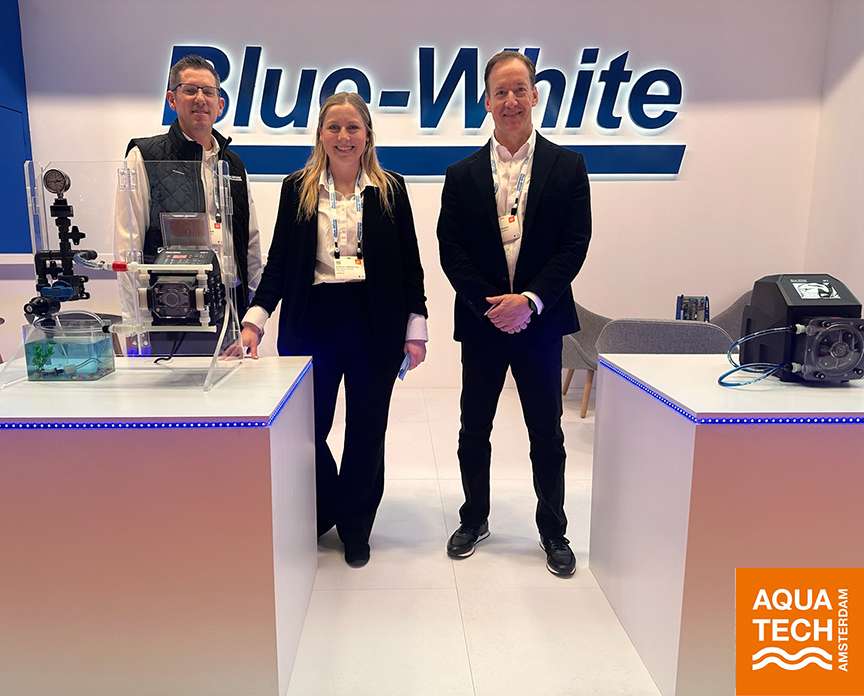
Visit BW® at Aquatech Amsterdam for Expert Chemical Dosing Solutions
Team Blue-White® is at Aquatech Amsterdam and ready to discuss the Best
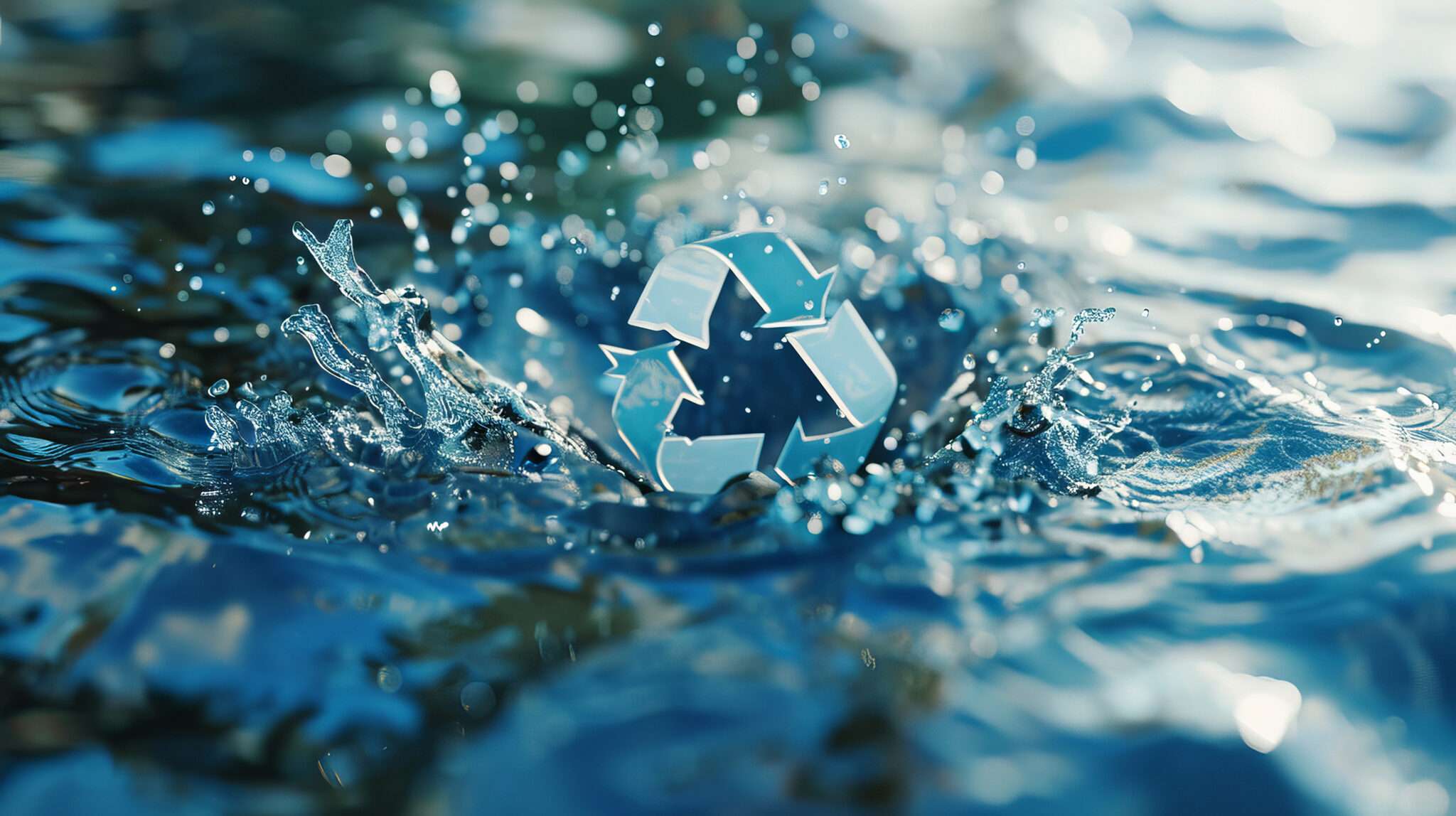
Water scarcity and source water contamination concerns are fueling ever-increasing interest in the practice of direct potable reuse (DPR) systems. DPR uses many of the same wastewater and drinking water treatment systems currently in place, but instead of putting the treated wastewater back into the ground, the water is stored to be withdrawn as needed by the water treatment plant (WTP).
In order to ensure the highest quality water, DPR systems often use ultrafiltration membranes in place of a tertiary wastewater treatment, or as a pre-treatment before storage. This pretreatment process, which also includes disinfection and other remediation processes, must be properly designed to ensure the water will be effectively treated by the WTP.
The main appeal of DPR is that it allows communities to conserve water and build resistance to drought. Additionally, there are these advantages to DPR:
DPR water treatment consists of many stages, including primary, secondary, and sometimes tertiary wastewater treatment. The treated wastewater is then prepared for storage in anticipation of being withdrawn by the WTP and treated to drinking water standards. Pre-treatment occurs between these key stages and consists of two direct actions: turbidity reduction and disinfection. Effective pre-treatment is critical for several reasons including:
With pore sizes of 100nm or smaller, ultrafiltration membranes excel at removing a wide range of viruses, bacteria, cists, and other pathogens that wastewater treatment does not eliminate, and which could proliferate to harmful levels in storage. Thus, an effective pre-treatment process for DPR must include both ultrafiltration and disinfection. However, there are several considerations that must be taken into account for the system to work as intended.
Membrane Design. In DPR using ultrafiltration, the membranes do most of the heavy lifting for turbidity and contaminant removal. For the most effective pre-treatment, it is critical that the system is carefully maintained and properly backwashed. For example, the system should be set up with multiple membranes, with each entering a backwash cycle every 30 minutes or so.
Instrumentation. In order to ensure proper pre-treatment, the system should monitor water quality before and after storage. This can include the use of level sensors, turbidity analyzers (Figure 1), chlorine analyzers (Figure 2), and more. Ideally, for disinfectant and other chemicals, sensors/ analyzers should have the ability to communicate directly with metering pumps to maintain required dosing levels.
Figure 1 & 2. Instrumentation such as turbidity analyzers (left) and chlorine analyzers (right) are key to ensuring pre-treatment processes in direct potable reuse are working as required. Such instruments can communicate directly with chemical metering pumps in order to correct water quality when parameters are too far out of tolerance for the quality level desired.
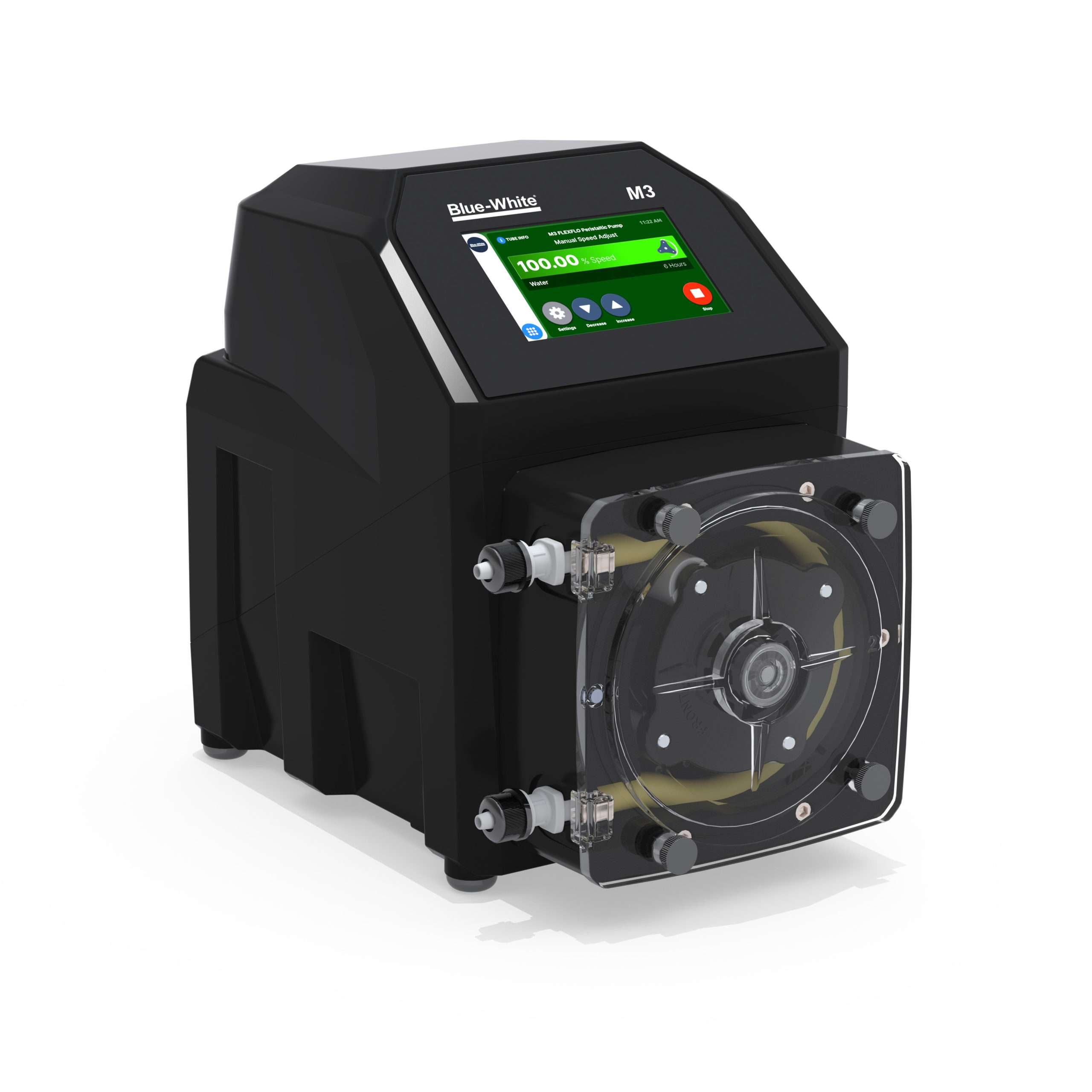
Disinfectant. While ultrafiltration significantly reduces the amount of disinfection needed, it is still critical to have effective disinfection as part of the pre-treatment process to ensure that what few pathogens may remain are kept below harmful levels. There are many types of disinfectants that a DPR system can employ. For example, ozone and peracetic acid (PAA) both break down into safe substances, such as oxygen and water.
The longest-standing and most cost-effective disinfectant, sodium hypochlorite, is ideal for a wide range of applications, and using chlorine for pre-treatment in DPR is no exception. The chemical’s strong oxidation power and the fact that it remains in solution in water for a long time, continuing to work, makes it ideal for water storage.
Equipment compatibility. Regardless of what chemicals are used in pre-treatment, it is important that the system be designed with the proper equipment. This includes choosing which metering pump (Figure 3) is the best choice to dose the chemical in use, as well as ensure material compatibility.
Perfecting pretreatment in DPR ensures high-quality water that meets regulatory standards. Taking into account the above factors, a welldesigned pre-treatment system can contribute to the sustainability and reliability of a DPR system and the community it serves.
Written by:
Blue-White® Industries
714-893-8529

Team Blue-White® is at Aquatech Amsterdam and ready to discuss the Best
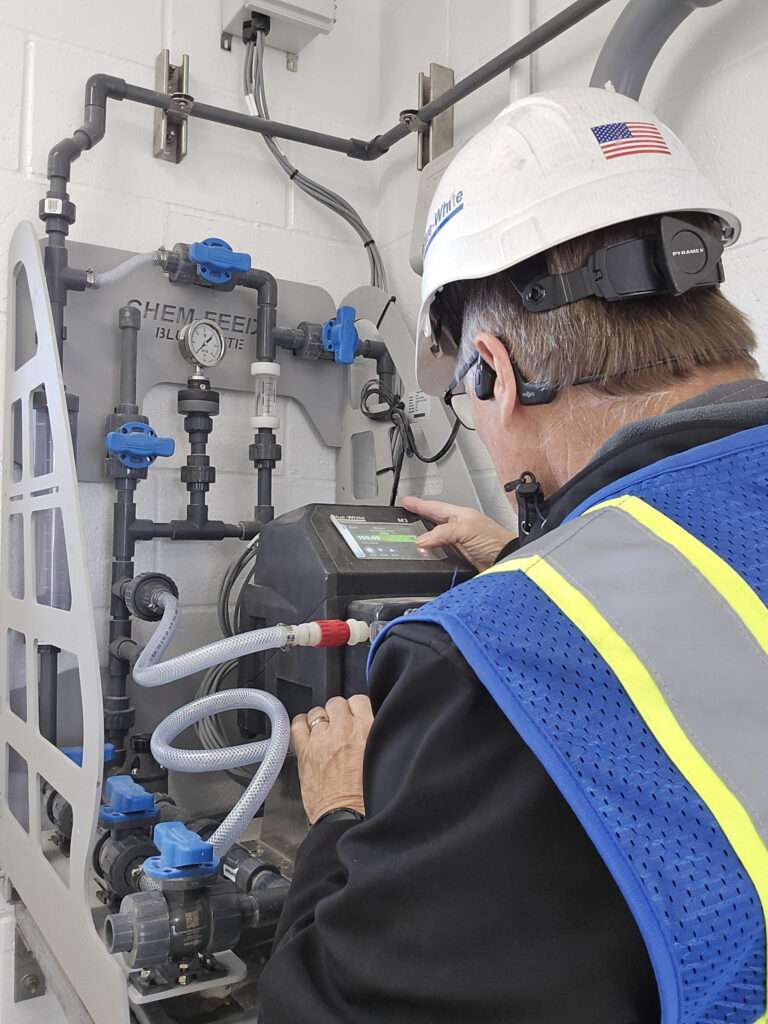
BW®’s Rich Hopkins just completed startup of this wall mount skid, equipped with Blue-White®’s
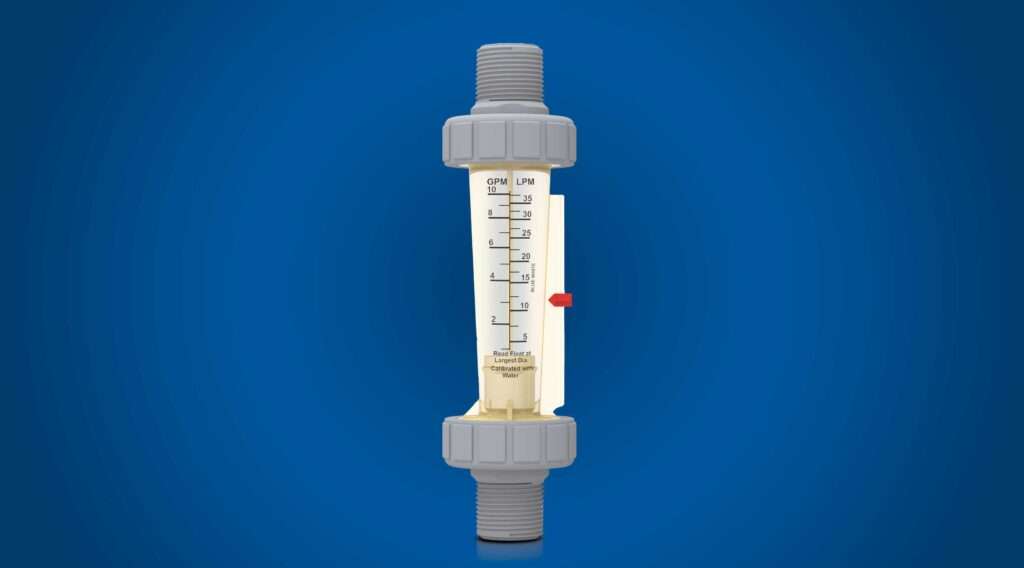
There are many industrial and municipal applications where accurately measuring fluid flow
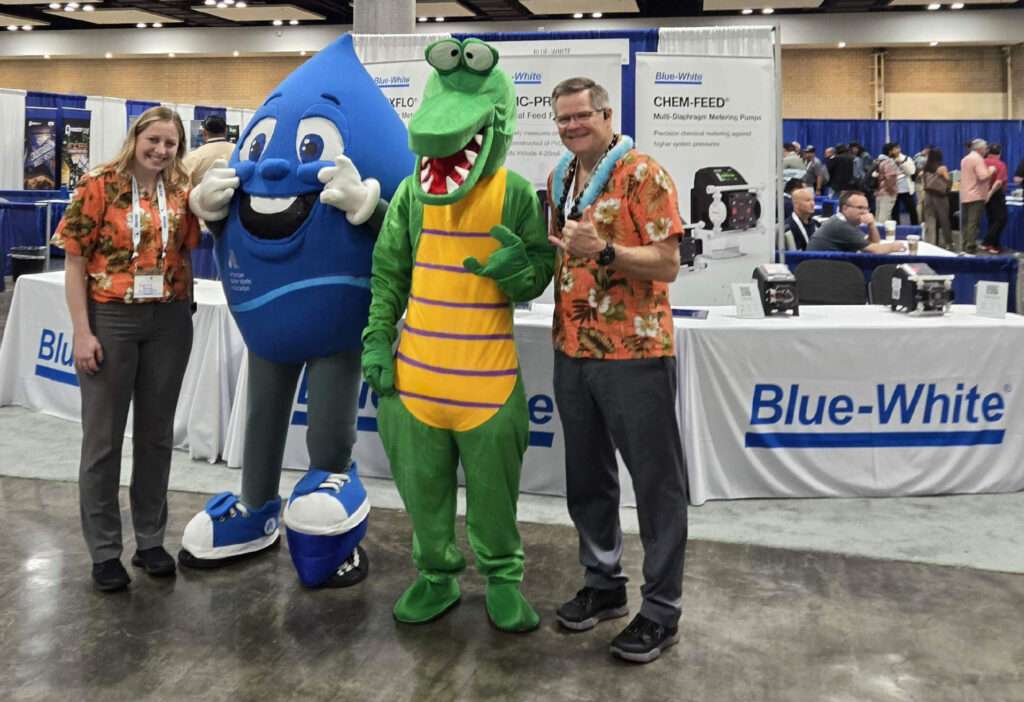
It was a busy few days in Honolulu for the Pacific Water
Copyright © 2024 Blue-White
| Cookie | Duration | Description |
|---|---|---|
| cookielawinfo-checkbox-advertisement | 1 year | Set by the GDPR Cookie Consent plugin, this cookie is used to record the user consent for the cookies in the "Advertisement" category . |
| cookielawinfo-checkbox-analytics | 11 months | This cookie is set by GDPR Cookie Consent plugin. The cookie is used to store the user consent for the cookies in the category "Analytics". |
| cookielawinfo-checkbox-necessary | 11 months | This cookie is set by GDPR Cookie Consent plugin. The cookies is used to store the user consent for the cookies in the category "Necessary". |
| CookieLawInfoConsent | 1 year | Records the default button state of the corresponding category & the status of CCPA. It works only in coordination with the primary cookie. |
| elementor | never | This cookie is used by the website. It allows the website owner to implement or change the website's content in real-time. |
| viewed_cookie_policy | 11 months | The cookie is set by the GDPR Cookie Consent plugin and is used to store whether or not user has consented to the use of cookies. It does not store any personal data. |
| Cookie | Duration | Description |
|---|---|---|
| _ga | 2 years | The _ga cookie, installed by Google Analytics, calculates visitor, session and campaign data and also keeps track of site usage for the site's analytics report. The cookie stores information anonymously and assigns a randomly generated number to recognize unique visitors. |
| _gat_gtag_UA_85334924_1 | 1 minute | Set by Google to distinguish users. |
| _gid | 1 day | Installed by Google Analytics, _gid cookie stores information on how visitors use a website, while also creating an analytics report of the website's performance. Some of the data that are collected include the number of visitors, their source, and the pages they visit anonymously. |
| CONSENT | 2 years | YouTube sets this cookie via embedded youtube-videos and registers anonymous statistical data. |
| Cookie | Duration | Description |
|---|---|---|
| VISITOR_INFO1_LIVE | 5 months 27 days | A cookie set by YouTube to measure bandwidth that determines whether the user gets the new or old player interface. |
| YSC | session | YSC cookie is set by Youtube and is used to track the views of embedded videos on Youtube pages. |
| yt-remote-connected-devices | never | YouTube sets this cookie to store the video preferences of the user using embedded YouTube video. |
| yt-remote-device-id | never | YouTube sets this cookie to store the video preferences of the user using embedded YouTube video. |
Please fill out the form to request a quote.
A sales rep will reach out to you.
| Image | Catalog Number | Description | Price | Buy |
|---|